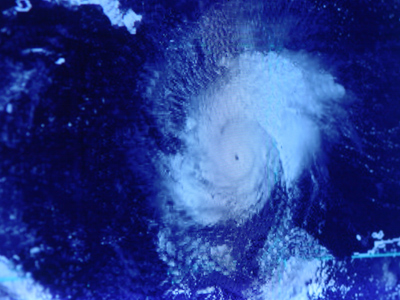
Hurricanes
The GCSE geography syllabus requires that you study natural hazards and hurricanes are one of these. A hurricane is also known as a cyclone or a typhoon, depending on which part of the world you are in. You need to know in detail the sequence of events leading to their formation plus the structure and characteristics of a hurricane. As with many other aspects of your studies, you will need to be able to compare the social, economic and environmental effects and short-term and long-term responses (monitoring, prediction, protection and preparation) for both MEDCs and LEDCs.
A hurricane is defined as a tropical revolving storm with violent winds. They are classed as force 12 on the Beaufort scale which means the wind speeds are greater than 75 mph (120 km/h). Winds of these speeds can uproot trees and destroy buildings so hurricanes endanger both the natural and built environments.
Ready for more?
not all...
quizzers. Try to win a coveted spot on our Hall of Fame Page.







